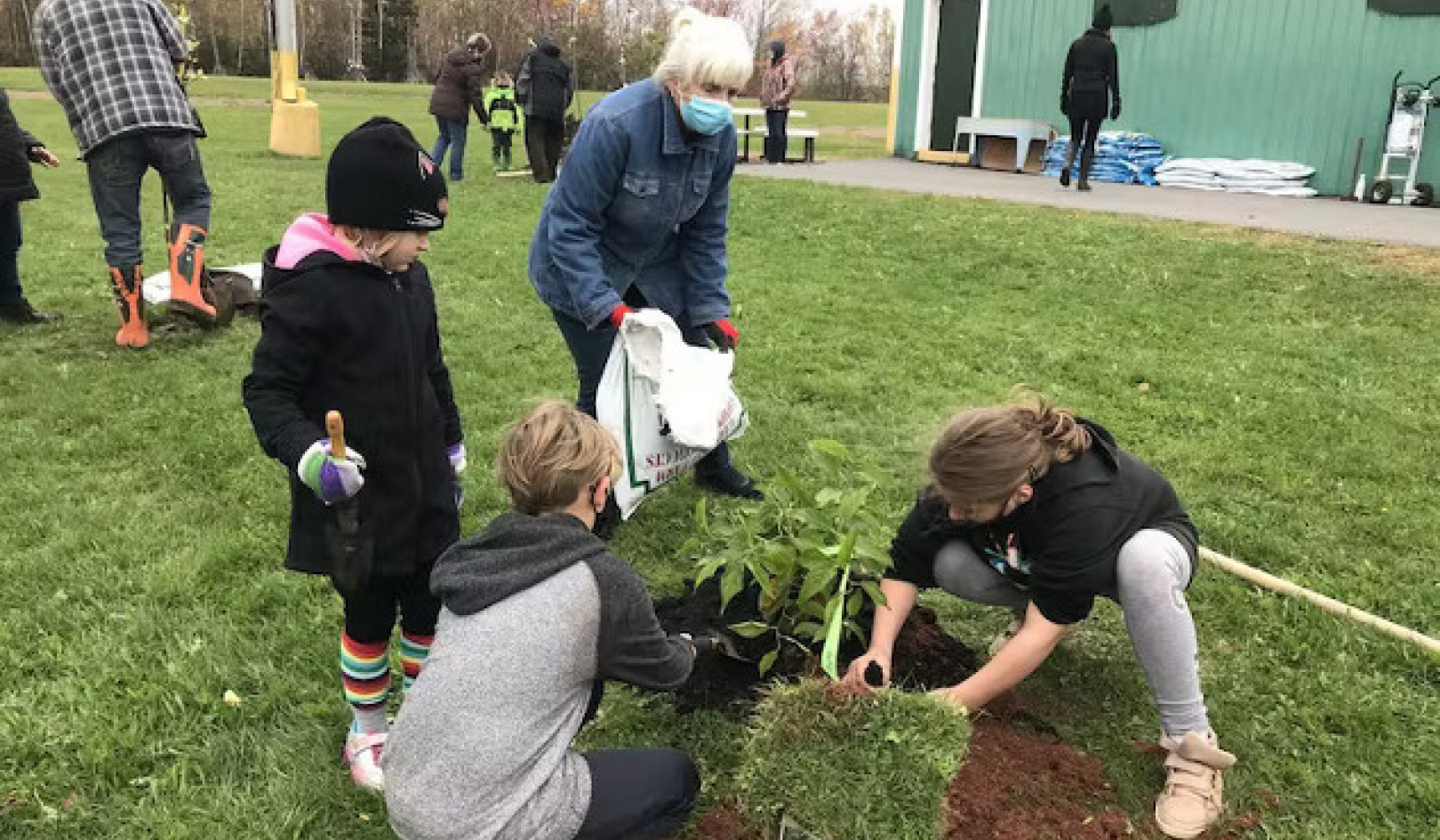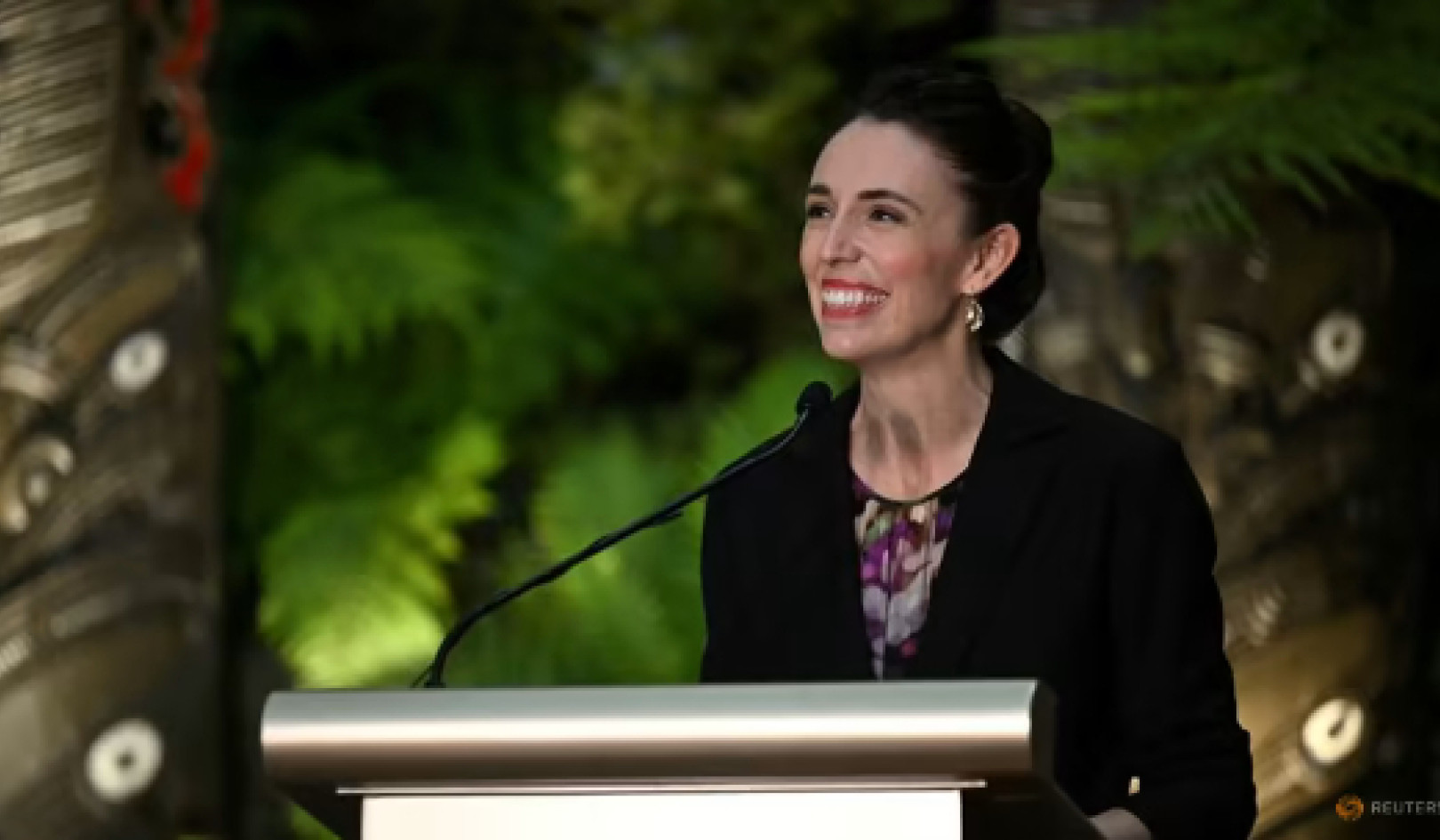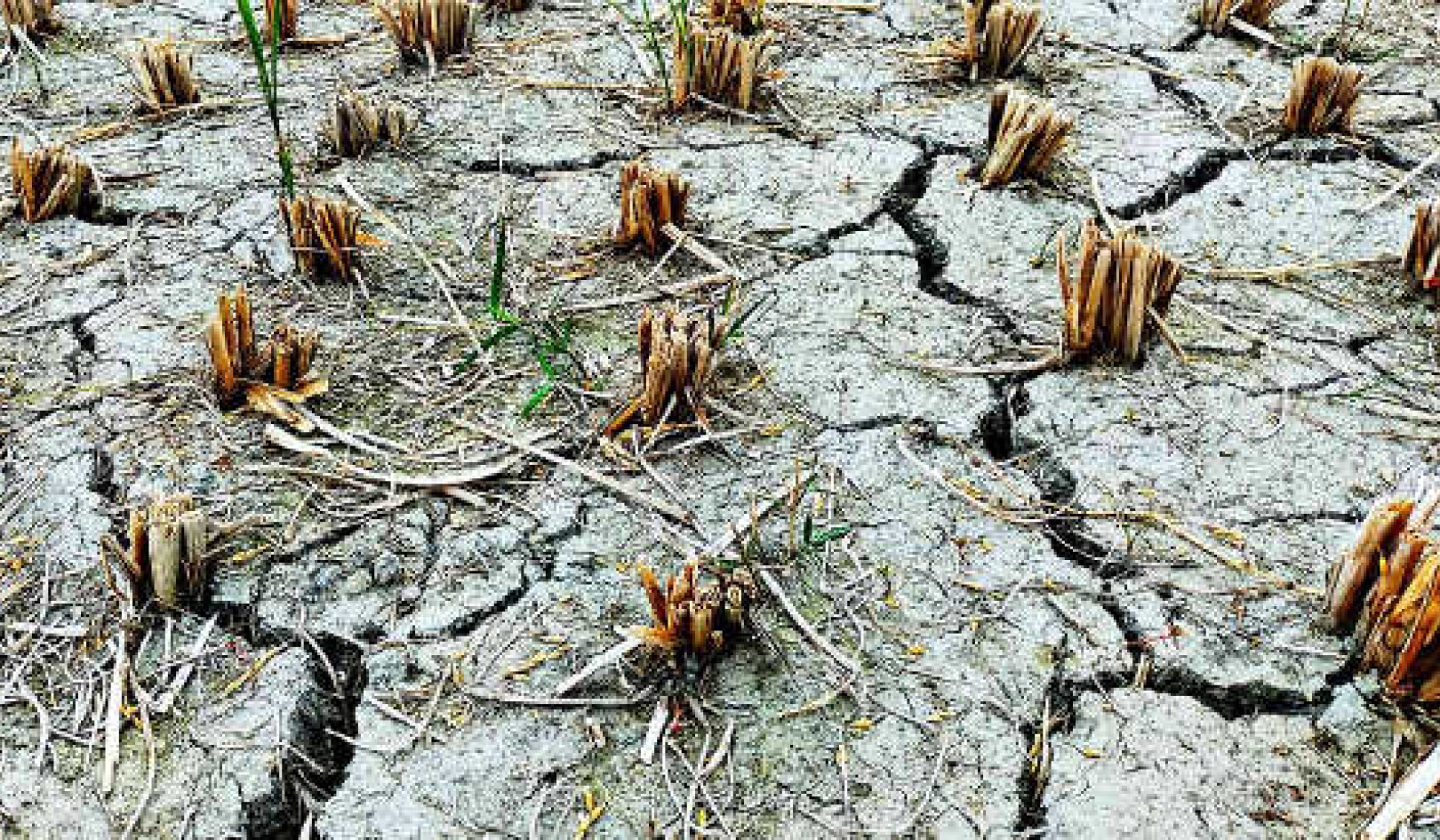
Increasing heat in Sydney and other Australian cities highlights the urgent need to apply our knowledge of how to create liveable low-carbon cities. Taras Vyshnya/Shutterstock
Over the past seven years more than 100 research projects at the Co-operative Research Centre for Low Carbon Living, in collaboration with industry across Australia, have pondered a very big question: How do we build future cities that are sustainable, liveable and affordable?
This is exactly what Australians want, as the recent Greater Sydney Commission report, The Pulse of Greater Sydney, revealed. People want cities in which they live close to jobs and have reasonable commuting times. They want access to parks and green space, and relief from ever-increasing urban heat.
The good news is we already know what it will take to deliver on much of this wish list. Since 2012, I have headed the A$100 million Low Carbon Living CRC, which has brought together Australian businesses, industries, communities and many of our brightest researchers to work out how to steer change.
Our Cooling Sydney Strategy, for instance, is the result of years of research into how to combat urban heatwaves. The burden of this heat is unevenly spread across our cities.
For example, residents of Sydney’s western suburbs are exposed to many more days hotter than 35 degrees than Sydneysiders living in the CBD and the city’s north. Last summer that meant over a month’s worth of intense heat in the suburb of Penrith, including nine days in a row above 35°C.
While the recent winter sun might feel welcome, the negative impacts of increasingly hot cities on our health, lifestyle and energy use greatly outweigh any winter comfort.
So what are the solutions?
Our researchers have already found how we can offset increasing heat. The strategies includes cool and permeable pavements, water features and evaporative cooling, shade structures, vertical gardens, street trees and other plants – even special heat refuge stations.
Keeping cool inside, without huge power bills, is possible too. During last summer’s heatwave, our pilot 10-star energy-efficient house in Perth remained a comfortable 24°C inside, without air conditioning, when it was over 40°C outside. The exceptional thermal performance of the house was down to its evidence-based design.
Josh Byrne explains how his house keeps temperatures comfortable year-round with low energy use and no net emissions:
{vembed Y=RqDezVOe9kw}
This work is just one part of our wider remit. Our UNSW-based centre is on track to deliver independently verified cuts of 10 megatonnes of carbon emissions generated by Australia’s built environment by 2020. By integrating renewable energy systems, smart technologies, low-carbon materials and people-centred design into buildings and urban precincts, we have developed a sustainable, liveable and affordable urban blueprint for Australia. A PwC study (yet to be released) estimated cumulative economic benefits totalling A$684 million by 2027.
To put this another way, we have identified and verified evidence-based pathways to cut emissions equivalent to taking some 2.1 million cars off the road.
Some of the progress to date is not immediately obvious to the casual observer. Take an otherwise unremarkable stretch of road along the back way to Sydney Airport. Recently, a 30-metre section of concrete was installed, which looks more like an ad hoc road repair than an important scientific pilot study.
Bu 15 metres is paved with a new geopolymer concrete that slashes greenhouse gas emissions by 50%. The other 15 metres is conventional concrete, the most widely used man-made material on the planet. Concrete production, using cement as its binder, accounts for about 8% of all global emissions.
The geopolymer concrete developed through our research centre is a similarly high-performance product but its binder safely incorporates otherwise noxious industrial waste streams, such as fly ash from coal-fired power stations and slag from blast furnaces. Australia has stockpiled about 400 million tonnes of waste from coal-fired power generation and steelmaking.
In Alexandria, in collaboration with the City of Sydney, we are testing this low-carbon concrete as a road surface that could help clean up industrial waste while slashing emissions. Working with NSW Ports, we’ve also shaped it into low-carbon bollards to form a breakwater to protect the coastline at Port Kembla from extreme weather.
Waste from coal-fired power stations has been used to make low-carbon bollards to protect the coastline at Port Kembla:
{vembed Y=pF5UzGtlav8}
We now have the know-how to do better
There are many such success stories, but with 150 CRC Low Carbon Living projects the list is too long to detail. What’s more important, as our funding period comes to an end and Australia loses its only innovation hub committed to lowering carbon in the built environment, is to note how we got to where we are today.
The federal government’s Co-operative Research Centre program fosters co-operation and collaboration on a grand scale. Industries, businesses, government organisations and communities with a stake in solving big, complex challenges partner with researchers from a wide range of academic fields. This structure brings together sectors and people whose paths might otherwise rarely cross.
The cross-fertilisation of ideas, expertise and skills delivers innovative solutions. Research worldwide has consistently shown that collaboration drives innovation, and that innovation drives economic growth. Our experience confirms that as we partnered with organisations such as Multiplex, AECOM, BlueScope Steel, Sydney Water, ISCA, CSIRO and the United Nations Environment Program.
Cities are complex, exciting beasts, but we have the knowledge and expertise to live better, more comfortable urban lives in Australia while reducing demand for energy, water and materials. That is, we have the blueprint for low-carbon urban living. We must now choose to use it.
This article has been updated to correct the number of CRC Low Carbon Living projects to 150 and the amount of stockpiled waste from coal-fired power generation and steelmaking to 400 million tonnes.![]()
About The Author
Deo Prasad, Scientia Professor and CEO, Co-operative Research Centre for Low Carbon Living, UNSW
This article is republished from The Conversation under a Creative Commons license. Read the original article.
Related Books
Climate Adaptation Finance and Investment in California
by Jesse M. Keenan This book serves as a guide for local governments and private enterprises as they navigate the unchartered waters of investing in climate change adaptation and resilience. This book serves not only as a resource guide for identifying potential funding sources but also as a roadmap for asset management and public finance processes. It highlights practical synergies between funding mechanisms, as well as the conflicts that may arise between varying interests and strategies. While the main focus of this work is on the State of California, this book offers broader insights for how states, local governments and private enterprises can take those critical first steps in investing in society’s collective adaptation to climate change. Available On Amazon
This book serves as a guide for local governments and private enterprises as they navigate the unchartered waters of investing in climate change adaptation and resilience. This book serves not only as a resource guide for identifying potential funding sources but also as a roadmap for asset management and public finance processes. It highlights practical synergies between funding mechanisms, as well as the conflicts that may arise between varying interests and strategies. While the main focus of this work is on the State of California, this book offers broader insights for how states, local governments and private enterprises can take those critical first steps in investing in society’s collective adaptation to climate change. Available On Amazon
Nature-Based Solutions to Climate Change Adaptation in Urban Areas: Linkages between Science, Policy and Practice
by Nadja Kabisch, Horst Korn, Jutta Stadler, Aletta Bonn This open access book brings together research findings and experiences from science, policy and practice to highlight and debate the importance of nature-based solutions to climate change adaptation in urban areas. Emphasis is given to the potential of nature-based approaches to create multiple-benefits for society.
This open access book brings together research findings and experiences from science, policy and practice to highlight and debate the importance of nature-based solutions to climate change adaptation in urban areas. Emphasis is given to the potential of nature-based approaches to create multiple-benefits for society.
The expert contributions present recommendations for creating synergies between ongoing policy processes, scientific programmes and practical implementation of climate change and nature conservation measures in global urban areas. Available On Amazon
A Critical Approach to Climate Change Adaptation: Discourses, Policies and Practices
by Silja Klepp, Libertad Chavez-Rodriguez This edited volume brings together critical research on climate change adaptation discourses, policies, and practices from a multi-disciplinary perspective. Drawing on examples from countries including Colombia, Mexico, Canada, Germany, Russia, Tanzania, Indonesia, and the Pacific Islands, the chapters describe how adaptation measures are interpreted, transformed, and implemented at grassroots level and how these measures are changing or interfering with power relations, legal pluralismm and local (ecological) knowledge. As a whole, the book challenges established perspectives of climate change adaptation by taking into account issues of cultural diversity, environmental justicem and human rights, as well as feminist or intersectional approaches. This innovative approach allows for analyses of the new configurations of knowledge and power that are evolving in the name of climate change adaptation. Available On Amazon
This edited volume brings together critical research on climate change adaptation discourses, policies, and practices from a multi-disciplinary perspective. Drawing on examples from countries including Colombia, Mexico, Canada, Germany, Russia, Tanzania, Indonesia, and the Pacific Islands, the chapters describe how adaptation measures are interpreted, transformed, and implemented at grassroots level and how these measures are changing or interfering with power relations, legal pluralismm and local (ecological) knowledge. As a whole, the book challenges established perspectives of climate change adaptation by taking into account issues of cultural diversity, environmental justicem and human rights, as well as feminist or intersectional approaches. This innovative approach allows for analyses of the new configurations of knowledge and power that are evolving in the name of climate change adaptation. Available On Amazon
From The Publisher:
Purchases on Amazon go to defray the cost of bringing you InnerSelf.comelf.com, MightyNatural.com, and ClimateImpactNews.com at no cost and without advertisers that track your browsing habits. Even if you click on a link but don't buy these selected products, anything else you buy in that same visit on Amazon pays us a small commission. There is no additional cost to you, so please contribute to the effort. You can also use this link to use to Amazon at any time so you can help support our efforts.

























